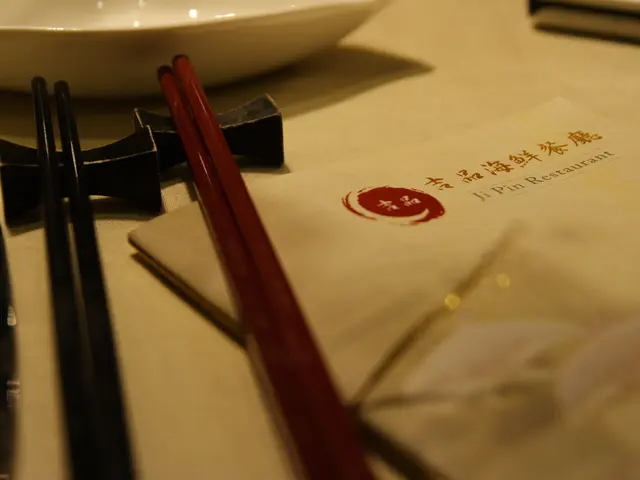Age-related knee discomfort explained, along with methods to alleviate stiffness
In a world where physical activity plays a significant role in maintaining health, it's essential to understand the risks associated with knee injuries and osteoarthritis (OA), a common joint condition that affects many adults.
A recent study has revealed that strength training can significantly reduce the likelihood of developing osteoarthritis by up to 20%. However, other factors also contribute to the common scenarios leading to knee injuries and subsequent risk of OA.
One of the most critical risk factors for knee OA is high body mass index (BMI) or obesity. Excess weight increases the mechanical load on knee joints, accelerating cartilage wear. Genetic predisposition, including a family history of OA, also influences cartilage quality and joint resilience. High blood pressure and high uric acid levels contribute to low-grade systemic inflammation that can damage joints.
Sports involving sudden directional changes, jumping, or pivoting significantly increase the risk of ACL injuries, meniscus tears, and sprains. Overtraining, inadequate warm-up, trauma from collisions or falls, male sex over 40, poor conditioning, fatigue, and playing on turf exacerbate the risk of ligament injuries like ACL tears.
A sedentary lifestyle can also weaken knee stability, increasing the risk of OA. Repetitive stress, such as high-impact activities or underuse through inactivity, can both contribute to the development of knee injuries.
Research on elite dancers has found that knee injuries, such as meniscal tears, are among the most common injuries. Some research suggests that swimming, being non-weight bearing, can aid recovery from minor knee injuries and reduce the risk of long-term issues. Regular exercise and well-cushioned shoes are important for knee care, while footwear that offers no support can increase the risk of knee injuries.
As we age, the muscles that stabilize the knee weaken, making the joint more susceptible to injury. Strengthening surrounding muscles, like the quadriceps, seems to be beneficial for knee health. Small injuries can develop into something more serious and long-term, so acknowledging and addressing mild discomfort is important.
Interestingly, a study in 2017 found no significant difference in the risk of knee OA between runners and non-runners. However, this doesn't mean that running is entirely risk-free. Mild discomfort in the knees should not be ignored, as it can develop into something more serious.
In conclusion, understanding the risk factors associated with knee injuries and OA is crucial for maintaining knee health. By being aware of these factors and taking preventative measures, we can reduce the risk of developing knee issues and enjoy a more active, pain-free lifestyle.
- Strength training, as a research-backed method, can decrease the risk of developing osteoarthritis by up to 20%, thereby contributing to health and wellness.
- High BMI or obesity, a critical risk factor for knee OA, increases the mechanical load on knee joints, leading to accelerated cartilage wear and potentially chronic diseases.
- In addition to strength training, aging also impacts knee health negatively, as the muscles that stabilize the knee weaken, making the joint more susceptible to fitness-and-exercise related injuries.
- While running might not significantly increase the risk of knee OA, neglecting mild discomfort in the knees can lead to more serious, long-term issues, emphasizing the importance of proper health-and-wellness maintenance for our knee health.




